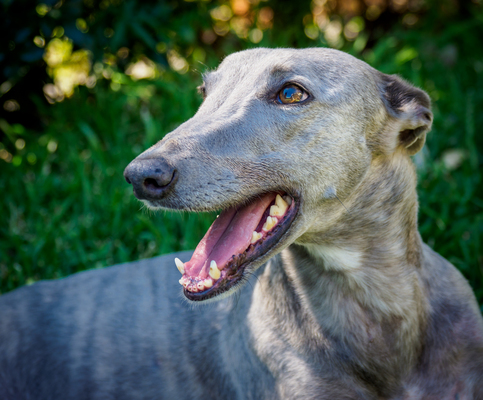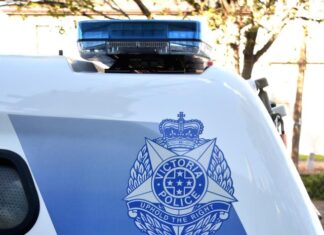A Geelong greyhound became the 13th to die on Victorian tracks in January last Friday, sparking renewed calls for better medical treatment and modified tracks.
Foul Snooker was “humanely euthanised” after sustaining a fractured radius and ulna in her foreleg after falling when several greyhounds collided at the first turn.
The Little River-based greyhound was put down after a veterinary examination following the race at Beckley Park, Corio, on Friday, according to the steward’s report.
Coalition for the Protection of Greyhounds president Dennis Anderson described the death and euthanising greyhounds in most other cases as unnecessary.
“It costs around $4000 to treat the typical fractured leg that greyhounds suffer when racing, and the greyhounds have often earned many times that amount,” he said.
“So to kill them just doesn’t make sense and shows that profit has precedence over animal welfare.”
Most injuries were treatable, which Western Australia had demonstrated with its greyhound injury full recovery scheme, Mr Anderson said. Greyhounds can live up to 14 years.
He cited industry-funded University of Technology Sydney (UTS) research recommending straight tracks and fewer dogs running in each race.
“Foul Snooker died a typical greyhound death after coming into contact with other dogs at the turn,” he said.
“This is one of the main reasons racing dogs suffer injuries and death. At turns they often bunch when trying to follow the lure.”
Mr Anderson also pointed out RSPCA and Australian Veterinary Association had publicly opposed greyhound racing.
“Given dogs like this are killed when there are usually other options, it’s hardly surprising that these two respected groups have spoken out,” he said.
But a Greyhound Racing Victoria (GRV) spokesperson said the organisation investigated all track deaths and was committed to making tracks as safe as possible.
GRV was collaborating with UTS’s Professor David Eager on a scientific, long-term strategy to make tracks safer, the spokesperson said.
“GRV has used this approach to rebuild the Horsham track and currently rebuild the Traralgon track,” they said.
“Any changes we make at other tracks will be based on sound research and scientific evidence.”
The organisation also introduced a recovery initiative in December 2016 to provide financial support to treat greyhounds seriously-injured at races, the spokesperson said.
“The loss of a greyhound is distressing for connections just as it is for families who lose a pet.”
Geelong Greyhound Racing Club opened 1936 and the industry employed 200 people locally, with another 1300 “actively involved”, the spokesperson said.
Greyhound racing contributed about $30 million to the Geelong region annually through direct expenditure, salaries, flow-on effects and profits, they said.








